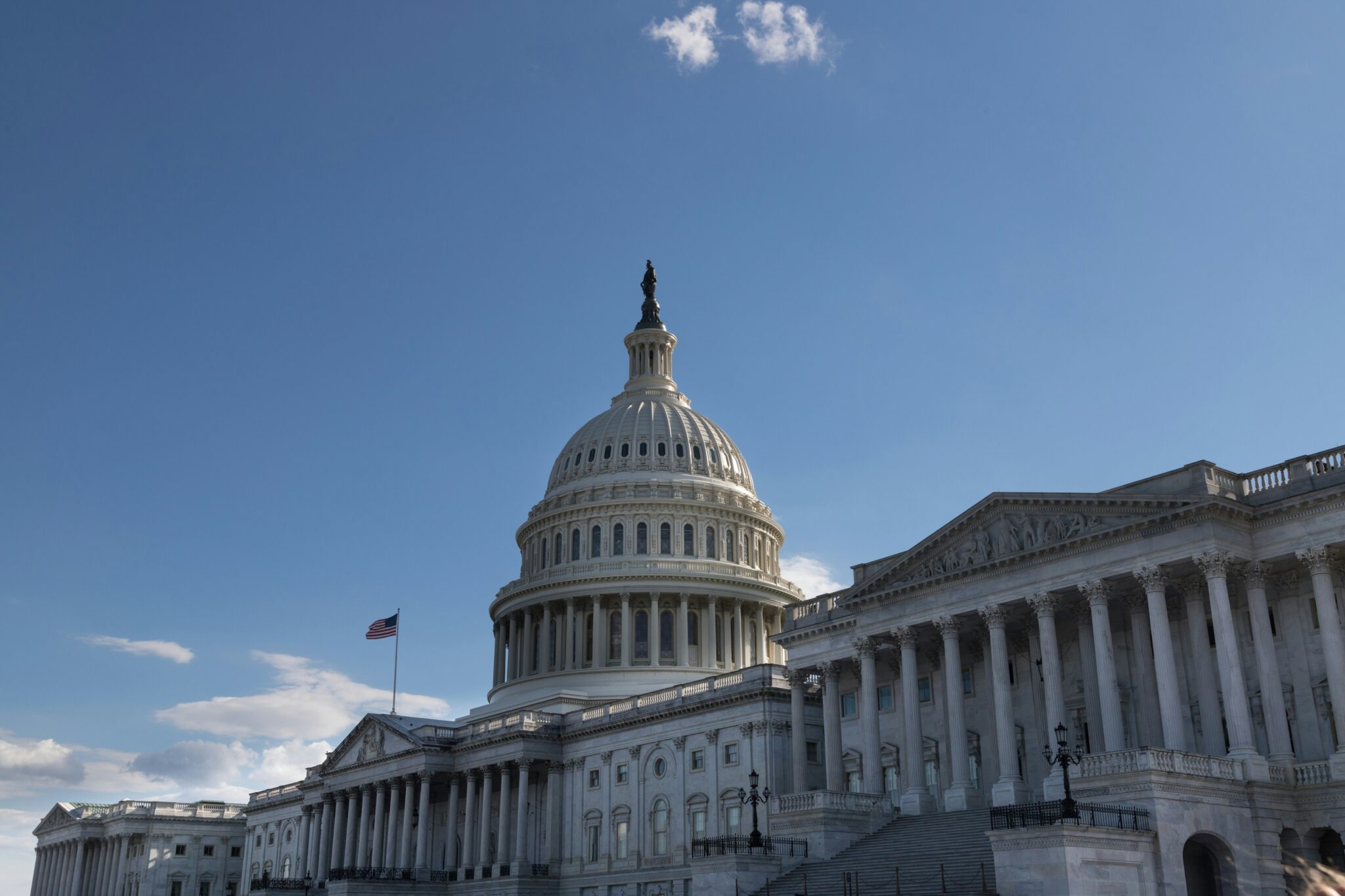The budget deal that the Trump Administration and House Democratic leadership struck this week has gotten a lot of attention – justifiably – for its eye-popping price tag. That is another nearly $325 billion in spending over the next two years and likely more than $2.7 trillion in the next decade. But a main driver of the deal was the looming crash into the debt ceiling.
So what is the debt ceiling?
Put simply, the debt ceiling is the maximum amount the U.S. Treasury can be in debt. After it hits that limit, no more borrowing, it is hand-to-mouth time, dollar in dollar out. Well, there are some gimmicks – known as extraordinary measures – that Treasury can employ to delay hitting the limit. Things like temporarily using government workers’ retirement contributions to pay the bills instead of buying securities in their retirement accounts. But this accounting wizardry can only stave off the ceiling for a few months. That is until the ceiling is increased or suspended (or breached/defaulted, which has never happened).
A little history on the debt ceiling. Prior to 1917 there was no debt limit. But the entry into World War I made congressional approval of individual bond offerings unworkable. There were a series of changes until the Public Debt Act of 1939 established the debt ceiling at $45 billion. It has been amended nearly 100 times since then.
The current budget deal doesn’t actually raise the debt ceiling. Instead it includes a provision that would suspend the debt ceiling until July 31, 2021. After years of increasing the total amount the government can borrow, each time by a few trillion dollars a pop, lawmakers have resorted to the suspension tactic the last few years. A kind of debt limit suspended animation.
Suspending the Debt Ceiling
The way the suspension of the debt ceiling works is that the government can continue to spend and borrow to their heart’s content (of course subject to annual appropriations from Congress) until July 31, 2021. Then at the stroke of midnight whatever the total debt is on August 1, 2021 becomes the new debt ceiling. Let the extraordinary measures begin!
This is politically convenient for several reasons. First, there is no eye-popping number that taxpayers can get outraged over. To put it in perspective, over the last two years the national debt grew by nearly $2.2 trillion, suspending the debt avoids any inconvenient numbers. Lawmakers don’t go on record voting for a bill that (their campaign opponents will say) puts them in favor of increasing our debt by $2.2 trillion. Second, it kicks the can into the next Congress and the next presidential term. Last, because it was estimated that the debt ceiling would be reached in September shortly after the month-long August recess, this suspension offer effectively jams lawmakers – take it and catch that flight you’ve booked or leave it and risk a default and crisis when you’re shaking hands back in your district.
Why more spending?
It is ironic that the debt ceiling – which theoretically is supposed to constrain deficit spending – is coupled with a package that is adding hundreds of billions of dollars to annual deficits. The Budget Control Act of 2011 set the defense and non-defense discretionary spending levels for FY 2020 and 2021 – Congress just didn’t like them because they were $71 billion and $55 billion less than the respective categories in FY 2019. But they are also $25 billion and $23 billion more than defense and non-defense discretionary got just three years earlier in FY 2017. This desire to spend more accelerated the debt ceiling issue because Congress and the president refused to offset increased spending with reductions (or increased revenue) elsewhere. The paltry $77 billion in payfors they did include are totally fake. The biggest one generates savings by projecting to trim Medicare spending…in 2028 and 2029. Yeah. Not happening.
What will materialize over the next decade is larger deficits, additional debt and skyrocketing interest payments to service that debt. Policymakers shouldn’t play chicken with the debt ceiling, the full faith and credit of the U.S. depends on it. But they also shouldn’t pile more spending on top of deficit-financed tax cuts. The debt limit can survive in suspended animation, but eventually the real economy will come down to Earth.










